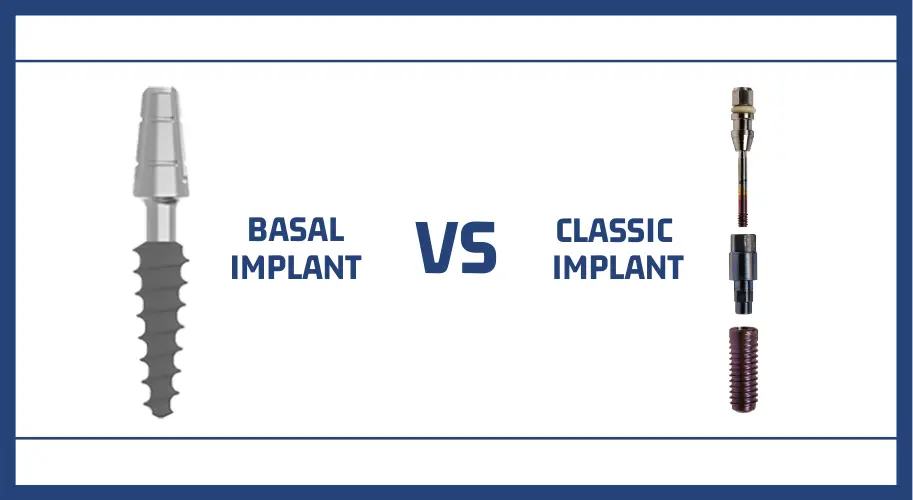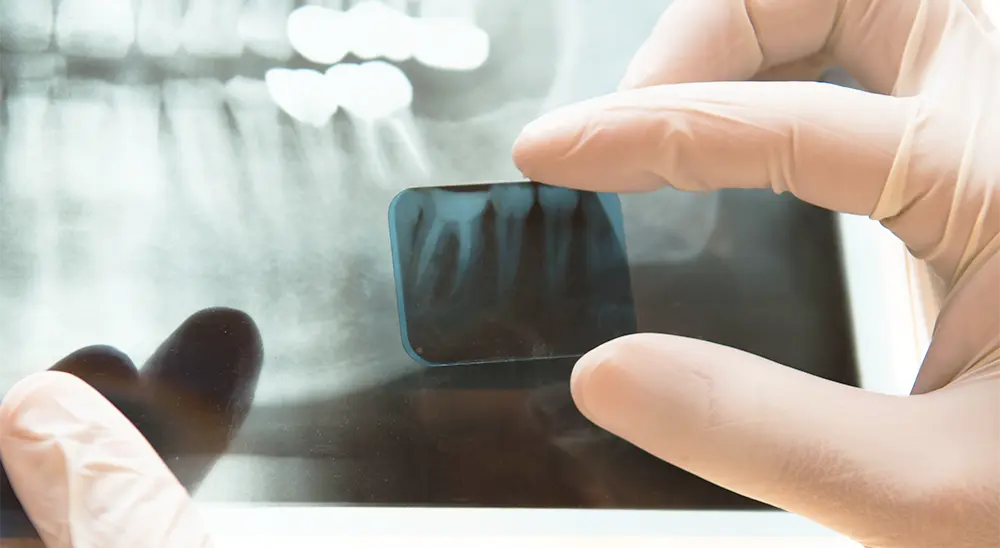
Classic and basal implants
Main differences
What are the main differences between classic and basal implants? Which type is appropriate in your particular case? Are dental implants suitable for patients with diabetes, periodontitis, or severe bone atrophy? You will find the answers to these and many other questions below. Enjoy reading! 🙂
The main difference between classic and basal implants is that classic implants are two-part (placed in the cancellous bone) and require a longer period of time, and basal implants are one-part (placed in the harder cortical bone) and they provide you with the opportunity to have a new smile even within 3 days!
The main advantage of basal implants is that they do not have to make a lamp (incisions), as in classic implants, for example, but are placed directly in the bone, which makes the procedure much more non-invasive and painless!
What are the other differences between classical and basal implants?
| Basal implants | Classic implants |
Is bone grafting (augmentation) needed? | NO | YES |
Is sinus lift needed? | NO | YES |
Success rate | 98-99% | 89-95% |
How long does the procedure take? | From 3 days to 3 months
| From 6 months to over 2 years |
Are they suitable for patients who have bone loss? | YES | NO |
Are they suitable for smokers? | YES They are one-parted, and this is NOT allowing plaque retention. | NO They are two-parted, and this IS allowing plaque retention. |
Are they suitable for patients with diabetes, periodontitis, and other chronic diseases? | YES | NOT RECOMMENDED |
Are you hesitant about which type of implants to choose? Send us your current panoramic X-ray, through our contact form https://nurident.com/contact/ and our specialists will prepare a free analysis.








